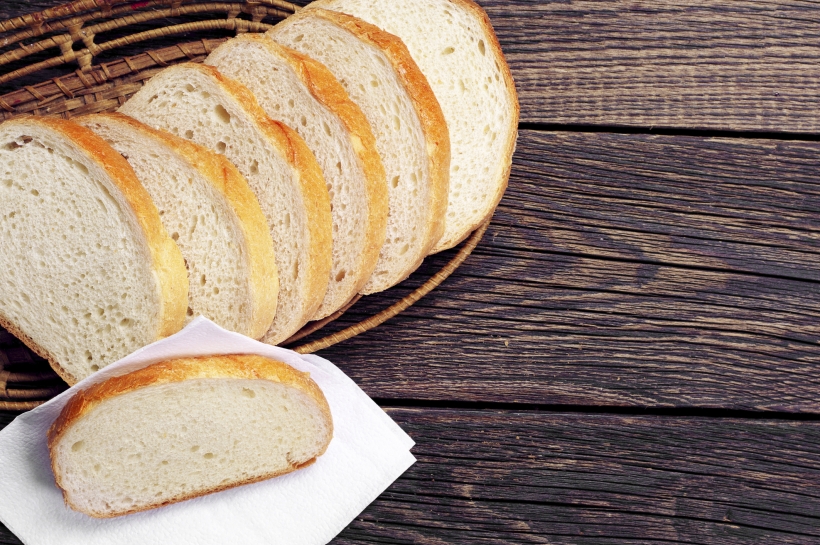General
Is White Bread Bad For You?

It is important to ensure that you consume the healthiest foods. For people who have type 2 diabetes; pastries and cakes are things that need to be limited. They are not only well doused with sugar, but can also be full of fat. In many countries, bread is the staple and the primary source of carbohydrate, so it is important for people who have diabetes to make sure that they eat the right kind of bread. Bread isn’t only made from flour and water. In order to improve taste, butter, salt and sugar can be added. By the addition of yeast and with the right temperature, the dough should rise properly before it’s baked. Unlike with frying process, baking doesn’t require the use of oil. The fact that you can control what’s inside the bread, you should be able to make it appropriate for people with diabetes.
As an example, refined white flour isn’t the only thing that you can use to make bread. Whole grain flour should be good enough to make your bread more appropriate for people with diabetes. We make flour by milling grains into very small pieces, so they become nearly like dust. The grain is consisted of three main components, bran, germ and endosperm. The latter is the primary tissue of the grain, which contains much of the nutrients, including oil, protein, starch and various minerals. The germ is the reproductive part of the grain and it will allow the germination process, which can make the grain to become a full-sized plant. Endosperm is the outer layer of the grain and it contains nutrients not found at the other parts of the grain.
We could find a concentrated level of folate, vitamin E, magnesium, essential fatty acids, zinc, thiamine and phosphorus. The bran is the hard external later of the grain, which contains a lot of starch. Husk is the durable protective coating for the grain and it needs to be removed before further process and consumption. After the grain with its husk still attached is threshed, we will get another form of grain, called groats. Although groats already have their husks removed, they are still difficult to chew. Whole grain still has all the three components attached. Grains are considered as refined when the germ and bran are removed through the grinding and sifting process. Because we only have the endosperm left, the grain loses much of the minerals and vitamins.
This is the real problem with the refined, white flour. Up to 80 percent of nutrients could be lost during the aggressive refining, milling and grinding process. In fact, vitamin E could be completely lost during the process, as well 80 percent of the iron, 65 percent of copper, 50 percent of potassium 75 percent of manganese and 70 percent of phosphorus. The refining process could also destroy half of the unsaturated fat and nearly all the protein.
-

 Tech11 years ago
Tech11 years agoCreating An e-Commerce Website
-

 Tech11 years ago
Tech11 years agoDesign Template Guidelines For Mobile Apps
-

 Business6 years ago
Business6 years agoWhat Is AdsSupply? A Comprehensive Review
-

 Business10 years ago
Business10 years agoThe Key Types Of Brochure Printing Services
-

 Tech8 years ago
Tech8 years agoWhen To Send Your Bulk Messages?
-

 Tech5 years ago
Tech5 years ago5 Link Building Strategies You Can Apply For Local SEO
-

 Law5 years ago
Law5 years agoHow Can A Divorce Lawyer Help You Get Through Divorce?
-

 Home Improvement6 years ago
Home Improvement6 years agoHоw tо Kеер Antѕ Out оf Yоur Kitсhеn































